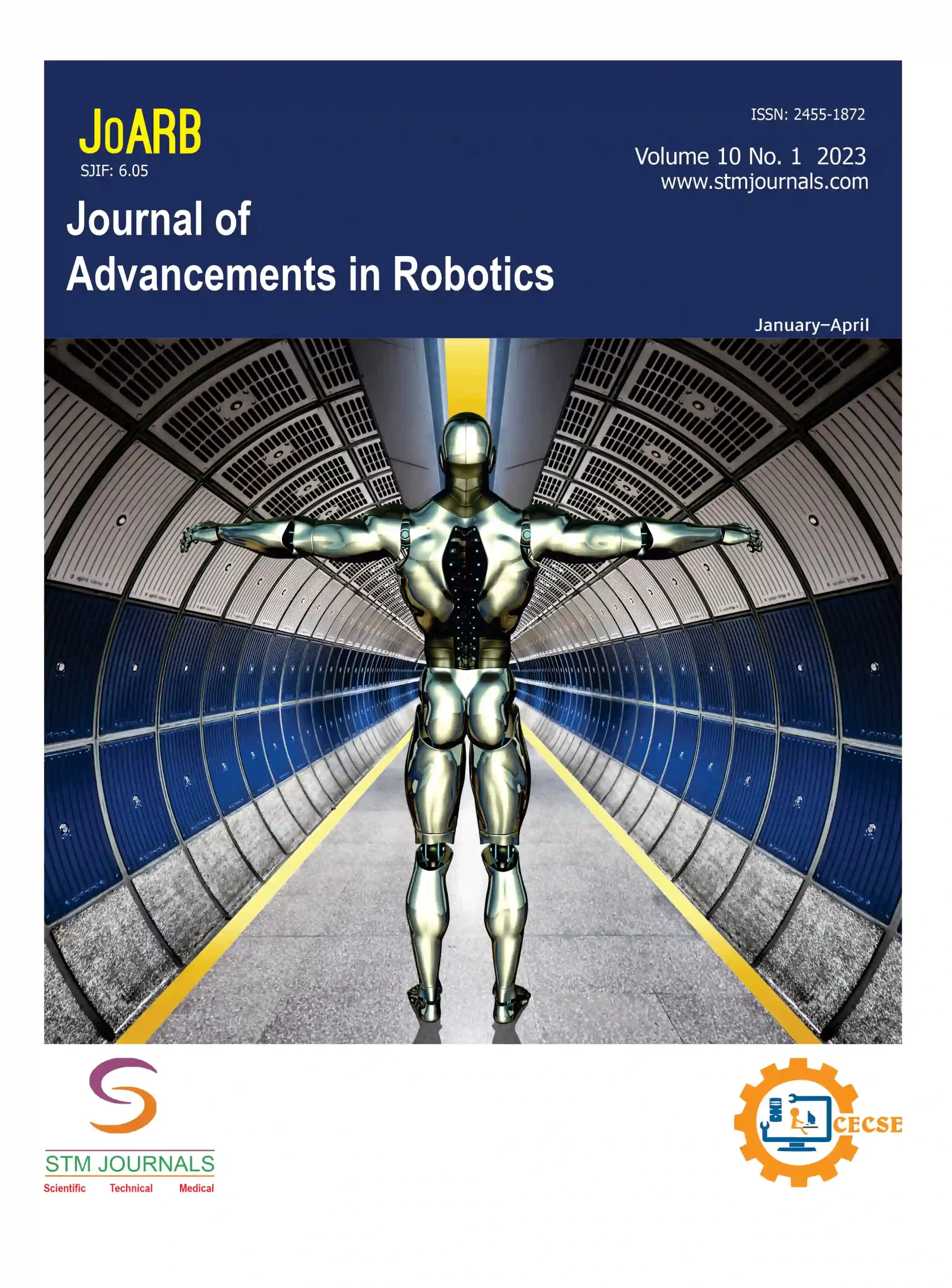
P. Priyadarshani
- PG Student Department of Artificial Intelligence and Data Science, Sri Manakula Vinayagar Engineering College, Madagadipet Puducherry India
Abstract
Chatbot is software that, rather than facilitating direct interaction with a live human agent, conducts online conversations using text or text-to-speech. It is designed to accurately mimic human behavior during conversation. This paper presents a proposed chat system that dynamically responds to web-based customer queries. Speech recognition is the basis of the artificial intelligence used in the proposed system. The web-based platform provides a large intelligence base to help simulate human problem solving. This proposed chat recognizes the context of the user, which determines the specific purpose of the response. The user gets the desired response because it is a dynamic response. The proposed system learns the chatbot through multiple user responses and questions using machine learning techniques. Today, chatbots are becoming incredibly powerful as artificial intelligence helps people in every conversation by understanding a user’s question and providing an accurate answer. The goal of the project is to show how chatbots can reduce an organization’s dependence on human labor and the need for different systems to perform different tasks.
Keywords: Chatbot, artificial intelligence, machine learning, web-based platform
[This article belongs to Journal of Advancements in Robotics(joarb)]
References
- Kohli B, Choudhury T, Sharma S, Kumar P. A platform for human-chatbot interaction using python. In: 2018 Second International Conference on Green Computing and Internet of Things (ICGCIoT), Bangalore, India, August 16–18, 2018. pp. 439–444.
- Lee RST. Workshop# 1 Basics of natural language toolkit (Hour 1–2). In: Natural Language Processing: A Textbook with Python Implementation. Singapore: Springer Nature; 2023. 243–265.
- Introduction to NLTK: Tokenization, Stemming, Lemmatization, POS Tagging [Online]. January 3, 2024. Available at https://www.geeksforgeeks.org/introduction-to-nltk-tokenization-stemming-lemmatization-pos-tagging/
- Adamopoulou E, Moussiades L. Chatbots: history, technology, and applications. Mach Learn Appl. 2020; 2: 100006.
- Kaushik S, Rahul. Chatbot using natural language processing (NLP) techniques. J Emerg Technol Innov Res. 2023; 10 (9): d200–d204.
- Chowdhary KR. Natural language processing. In: Fundamentals of Artificial Intelligence. New Delhi, India: Springer; 2020. pp. 603–649.
- Wang M, Hu F. The application of NLTK library for python natural language processing in corpus research. Theory Pract Lang Stud. 2021; 11 (9): 1041–1049.
- Mittal M, Battineni G, Singh D, Nagarwal T, Yadav P. Web-based chatbot for frequently asked queries (FAQ) in hospitals. J Taibah Univ Med Sci. 2021; 16 (5): 740–746.
- Trouvain J, Möbius B. Speech synthesis: text-to-speech conversion and artificial voices. In: Brunn SD, Kehrein R, editors. Handbook of the Changing World Language Map. Cham, Switzerland: Springer; 2020. pp. 3837–3851.
- Baig MZ, Kavakli M. Multimodal systems: taxonomy, methods, and challenges. arXiv preprint arXiv:2006.03813. June 6, 2020. Available at https://arxiv.org/abs/2006.03813

Journal of Advancements in Robotics
| Volume | 11 |
| Issue | 01 |
| Received | February 16, 2024 |
| Accepted | February 29, 2024 |
| Published | April 5, 2024 |

